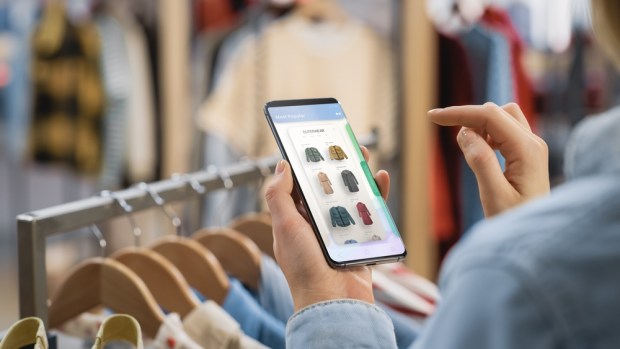2024 Is the Year Retail Gets Personal

Thanks to inflation’s starring role, 2023 featured major retail plot twists — consumers counted their pennies while brands and retailers did some serious soul-searching. This economic blockbuster forced many players to change up their product lineups and do a complete script rewrite for their overall strategies. The need to adapt became particularly evident as organizations found themselves reassessing their requirements and, in some instances, downsizing to maintain financial stability.
Read also: Consumers Pull Back on Spending; Companies Cut Costs
Examples of such adjustments include REI’s decision to lay off 167 corporate employees at the outset of January 2023, constituting approximately 8% of the company’s headquarters staff and 1% of its total workforce. Similarly, in late December 2023, Nike garnered attention not only for unveiling its intentions to enhance its $9 billion women’s business, but also for disclosing plans to eliminate hundreds of positions as part of a larger initiative to trim costs by $2 billion.
Read more: Why Nike Says It’s Expanding Its $9 Billion Women’s Business
These instances underscore the reality that, while consumers became more discerning in their spending habits, brands and retailers faced the imperative of working diligently to present compelling deals that not only resonated with consumers but motivated them to make purchases.
In fact, according to key findings in “Personalized Offers Are Powerful — But Too Often Off-Base,” a PYMNTS Intelligence and AWS collaboration, almost half of consumers are likely to shift loyalty to merchants who offer more pertinent deals.
The expectation for personalization has become the norm. This shift in consumer behavior implies that certain merchants must enhance their capabilities to effectively cater to the unique needs of individual customers.
Personalization Is the New Norm
In the world of retail, being loosely personalized won’t make the sale.
Merchants need data-driven strategies to tailor their approach to hit the bullseye with their targeted consumers. This not only boosts consumer engagement but also ensures loyalty, especially in a competitive market.
Moreover, based on PYMNTS research, customizing offers according to a consumer’s needs and interests can increase their likelihood of switching merchants by twofold. Personalized offers can motivate consumers to deviate from their usual routines and patronize new merchants, particularly for the sake of the offer.
Leading this trend are millennials, with 41% expressing a likelihood to switch for better personalization. Following closely are Generations Z and X, at 34% and 26%, respectively. Baby boomers and seniors show the least inclination to switch merchants based on offer personalization, yet approximately 1 in 8 individuals from these groups would still consider making the switch.
What Brands and Retailers Can Do in 2024
Brands and retailers must invest in deep personalization. According to PYMNTS Intelligence research, 24% of people think personalization is extremely important when they check out an offer. And this number goes up to 36% for those who feel like stores aren’t tailoring their offers well. So, to reach potential customers of all types, it’s crucial to make sure the data guiding personalized offers is spot-on.
Now, here’s a peek at what shoppers think about the offers they get. About 40% find them somewhat relevant, but 17% say they’re completely off the mark. And for the true twist — those who get irrelevant offers care less about the discount than those getting perfectly tailored ones. It seems personalization is like the secret sauce that makes offers more appealing. It’s not just about how much money you save, but how well the offer matches your needs and wants.
That said, getting the details right with data analytics is key. Tools that sift through loads of customer info to find trends and preferences are a must for merchants. Taking a targeted approach can lead to more people getting interested, buying more, and using resources wisely for better advertising results.
Money offers still rule for more than half of shoppers, but don’t count out personalized non-monetary deals! Even though things like exclusive product access and personalized recommendations sound cool, the data says people care more about discounts and free shipping. Discounts are a hit with 58%, and 56% love free shipping. The top factors that make people click “buy” are the discount amount (36%) and how much the offer suits their needs (24%).
Interesting tidbit: people with lower incomes aren’t into non-money offers, but they’re all for free shipping.
That said, could personalized deals have helped retail during this tough year? Maybe, but it would have meant brands and stores using customer data smartly to make their offers really catch the attention and connect with people.
